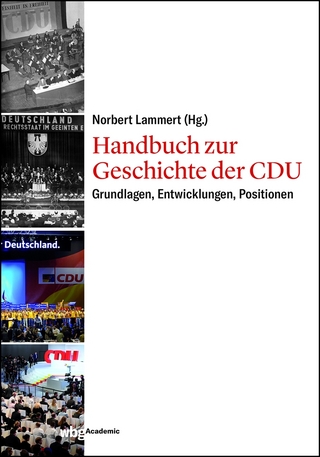
Science and Technology of Terrorism and Counterterrorism
CRC Press (Verlag)
978-1-138-38140-7 (ISBN)
- Titel z.Zt. nicht lieferbar
- Versandkostenfrei
- Auch auf Rechnung
- Artikel merken
This volume begins by introducing the shift in analysis of terrorist attacks after September 11, 2001 and summarizes selected case studies. It discusses the origin and nature of terrorism and the factors involved in diplomacy. Covering a broad range of topics, the book examines:
Aerosol dispersion of toxic materials
Bioterrorism and the manufacture, detection, and delivery of biological agents
Agricultural terrorism
Nuclear terrorism and nuclear weapons systems, threats, and safeguards
Chemical terrorism, including manufacture, detection, delivery, and decontamination
Cyber-terrorism
Personal protective equipment
The role of government at federal, state, and local levels
The role of international agencies and their resources, capabilities, and responsibilities
The National Infrastructure Protection Plan
As terrorist activities increase globally, it is critical that those charged with protecting the public understand the myriad of ways in which terrorists operate. While we cannot predict where, when, and how terrorists will strike, our vigilance in staying abreast of the terrorist threat is the only way to have a fighting chance against those who seek to destroy our world.
Tushar K. Ghosh and Mark A. Prelas are professors of nuclear engineering at the University of Missouri-Columbia (MU). Sudarshan K. Loyalka is a nuclear engineering and chemical engineering professor at the University of Missouri-Columbia. Dabir S. Viswanath is an emeritus professor and Dowell chair of chemical engineering at the University of Missouri-Columbia.
Introduction. A Brief Theory of Terrorism and Technology. The Group Psychology of Terrorism. Aerosols: Fundamentals. Biological Terrorism: Effects, Toxicity, and Effectiveness. Biological Terrorism: Classification and Manufacture. Biological Terrorism: Weaponization and Delivery Systems. Biological Terrorism: Sensors and Detection Systems. Biological Terrorism: Consequences and Medical Preparedness. Biological Terrorism: Preparation for Response—What the Government Can Do in Defending the Homeland. Agroterrorism: Agroeconomic Bioterrorism. Agroterrorism: Attributes and Implications of High-Impact Targets in U.S. Agriculture. Nuclear Terrorism: Nature of Radiation. Nuclear Terrorism: Radiation Detection. Nuclear Terrorism: Radiation Detectors—Applications in Homeland Security. Nuclear Terrorism: Dose and Biological Effects. Nuclear Terrorism: Nuclear Weapons. Nuclear Terrorism: Threats and Countermeasures. Chemical Terrorism: Classification, Synthesis, and Properties. Chemical Terrorism: Toxicity, Medical Management, and Mitigation. Chemical Terrorism: Destruction and Decontamination. Chemical Terrorism: Sensors and Detection Systems. Chemical Terrorism: Weaponization and Delivery System. Chemical Terrorisms: Threats and Countermeasures. Cyber-Terrorism. Personal Protective Equipment. National Response Plan and Preparedness. Government and Voluntary Agencies. The National Infrastructure Protection Plan. Index.
| Erscheinungsdatum | 21.01.2019 |
|---|---|
| Reihe/Serie | Public Administration and Public Policy |
| Zusatzinfo | 67 Tables, black and white; 158 Illustrations, black and white |
| Verlagsort | London |
| Sprache | englisch |
| Maße | 178 x 254 mm |
| Gewicht | 1120 g |
| Themenwelt | Sozialwissenschaften ► Politik / Verwaltung |
| Wirtschaft ► Volkswirtschaftslehre | |
| ISBN-10 | 1-138-38140-3 / 1138381403 |
| ISBN-13 | 978-1-138-38140-7 / 9781138381407 |
| Zustand | Neuware |
| Haben Sie eine Frage zum Produkt? |
aus dem Bereich


